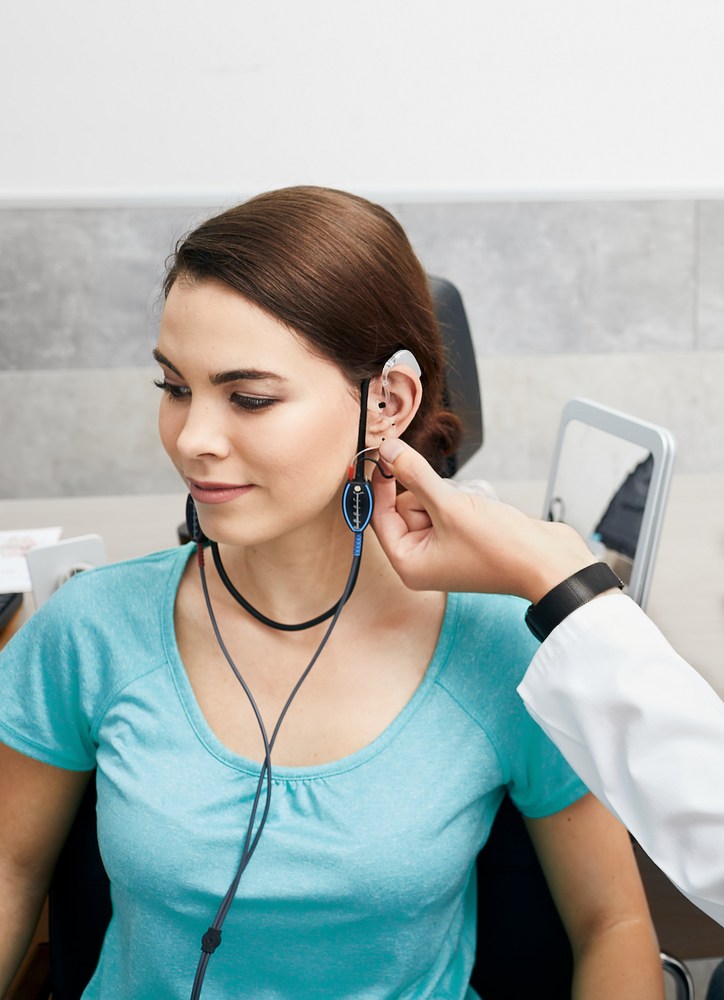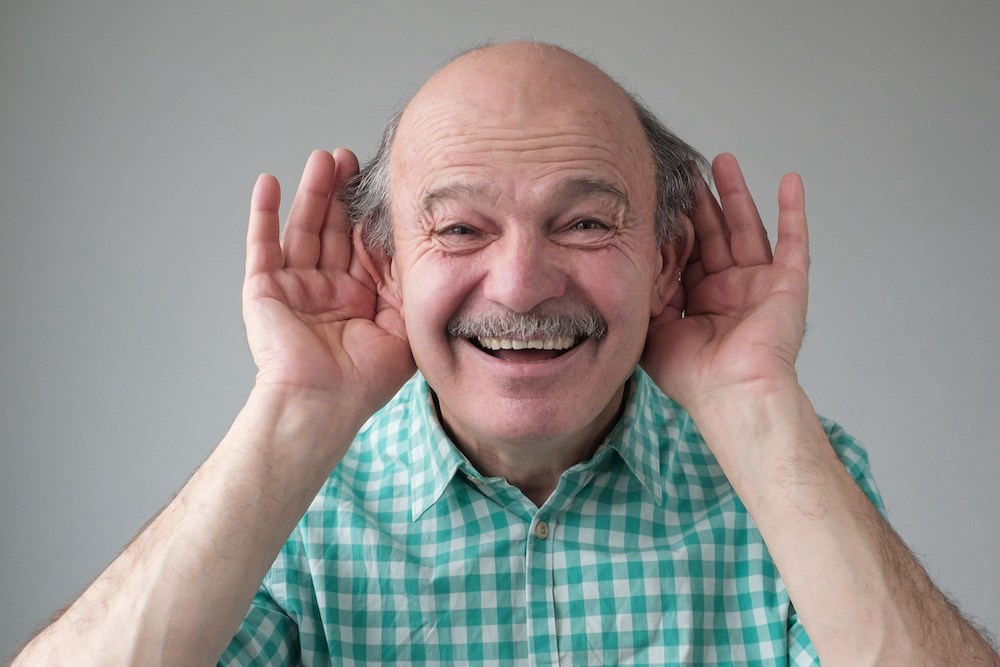The Connection Between Hearing Loss and Physical Activity
When thinking about ways to support your hearing health, exercise might

By: admin | October 20, 2025
When thinking about ways to support your hearing health, exercise might not be the first thing that comes to mind. However, there are meaningful connections between physical activity and how well your ears function. The health of your cardiovascular system, which benefits from regular movement, helps supply blood and oxygen to the inner ear. This link suggests that staying active could play a role in maintaining hearing ability and supporting overall auditory function as you get older.
Understanding the connection between exercise and hearing health provides useful insight for anyone looking to preserve their hearing. Audiologists focus on identifying and treating hearing conditions, but they also recognize that general health habits can influence hearing outcomes. Incorporating regular physical activity into your routine can complement other strategies for protecting your hearing or managing hearing loss. Paying attention to overall health, including staying active, shows how lifestyle choices can have a broader impact, supporting both fitness and long-term auditory wellness.
Hearing loss often leads to subtle changes in your daily habits, sometimes before you even realize it. Simple activities like chatting with friends at a busy cafe or following instructions during group exercise may start to feel different. You might notice yourself turning up the TV volume more often or asking people to repeat themselves. Many people adjust their routines by choosing quieter places for social gatherings, sitting closer to speakers or instructors, avoiding crowded events where it is hard to hear or relying more on written notes and visual cues. Recognizing these shifts is an important step toward finding solutions that help you stay connected and comfortable in your daily life.
Staying active is one of the most effective ways to support your overall health and well-being. Regular movement helps maintain a healthy weight, improves circulation and strengthens muscles and bones. It can also boost energy levels, improve mood and reduce the risk of chronic conditions such as heart disease, diabetes and high blood pressure. Even simple activities like walking, stretching or light strength training can have a meaningful impact on your physical health over time, making daily tasks easier and helping you feel more energized.
Physical activity also plays an important role in mental and emotional wellness. Exercise can help reduce stress, improve focus and support better sleep, all of which contribute to a higher quality of life. Participating in regular activity, whether it’s group classes, outdoor recreation or solo workouts, can also provide opportunities for social interaction and connection. Staying active encourages a sense of routine and purpose, helping you maintain independence and confidence in daily life. Making movement a regular part of your day, you can support both your physical and mental health in meaningful ways.
Hearing plays a key role in how we maintain balance and move through our environment. The inner ear contains structures that help the brain process both sound and spatial information, which contributes to keeping us steady. When hearing is reduced, it can make it harder to detect changes in our surroundings, affecting coordination and movement. This can increase the risk of tripping, stumbling or losing balance, especially in unfamiliar or crowded spaces. Paying attention to hearing health supports not only communication but also overall stability and confidence when moving through daily life.
Untreated hearing loss can affect more than just your ability to communicate; it can also influence your motivation to stay active. When sounds are harder to hear, everyday activities like exercising, walking outdoors or joining group classes can feel more challenging or less enjoyable. You might avoid social or physical activities because it is difficult to follow conversations or stay aware of your surroundings. Over time, this can lead to reduced energy, lower confidence and a tendency to spend more time in sedentary routines. Addressing hearing changes early can help you feel more engaged and willing to participate in physical and social activities.
Group exercise classes can present unique difficulties if you have hearing loss. It may be hard to hear instructions from the instructor, especially in large or noisy spaces. Background music and echoing voices can add to the difficulty. Missing important cues or directions can lead to confusion or frustration. Some people may feel left out of group conversations or worry about their safety if they cannot hear warnings or changes in routine. These experiences can make group exercise less enjoyable and may even lead some to avoid it.
Reduced movement can slowly lead to a loss of strength, flexibility and balance. Over time, less physical activity may also raise your risk for certain health problems, such as heart disease or type 2 diabetes. Staying active helps protect your health in many ways, including keeping your muscles and bones strong, supporting a healthy weight, helping control blood sugar and cholesterol levels and improving mood and energy. Regular movement is important for staying independent as you age. Even small amounts of activity can make a difference in how you feel each day.
Hearing health is closely connected to how your brain works during exercise. Hearing loss can affect more than just your ears; it can also change how your brain processes information when you are active. During exercise, your brain needs to quickly understand sounds, instructions and cues from your environment. If hearing loss makes it harder to pick up these sounds, your brain may have to work harder to keep up. This extra effort can make physical activity feel more tiring or distracting. Supporting your hearing health can help your brain focus better and allow you to get the most out of every workout.
Hearing devices can support an active lifestyle by helping you stay aware of your surroundings and communicate more easily during physical activities. Whether you are exercising at home, walking outside or participating in a group class, hearing devices allow you to follow instructions, hear music or respond to others without missing important cues. Modern devices are often designed to remain comfortable and secure while moving, making it easier to focus on the activity itself rather than worrying about your hearing.
It is important to make sure your hearing devices fit properly before engaging in physical activities. Some individuals choose accessories like clips or protective covers to keep devices in place and reduce the risk of moisture exposure from sweat. After exercising, cleaning and drying your devices helps maintain their performance and longevity. Taking these precautions, hearing devices and hearing technology can make physical activity safer and more enjoyable, allowing you to stay engaged and confident while moving.
Many exercise routines can be adapted to better support your hearing needs. Activities with clear visual cues, like yoga or swimming, allow you to follow along without relying only on sound. Solo exercises like cycling or walking require less verbal instruction. You can also ask instructors to use hand signals or written notes during classes. These adjustments help create a safer and more enjoyable experience while staying active.
Support from friends, family or a workout group can make a significant difference in how active you remain. Social encouragement helps you feel more confident and motivated, especially if you have hearing loss. It is easier to stick with healthy habits when others include and encourage you. If you feel nervous about joining a class or trying something new, having someone with you can ease those worries. Supportive people can help repeat instructions or give reminders during activities. Social connections not only boost motivation but also help build lasting routines that support your health.
Good communication makes group fitness activities safer and more enjoyable, especially if you have hearing loss. There are simple ways to help you stay connected and confident during exercise classes or team sports. Choose a spot in the room where you can see the instructor clearly and watch their movements. Let the instructor know about your hearing needs before class starts, so they can use hand signals or written notes if needed. Using a buddy system can also help, a friend can repeat instructions or alert you to important changes during the activity.
If you use hearing devices, make sure they are working well and bring extra batteries if needed. Reducing background noise by choosing quieter classes or asking for the music to be turned down can also make it easier to follow along. These steps help you feel more included and make group exercise a positive part of your routine.
When searching for safe places to be active with hearing loss, look for locations that offer clear visual cues and less background noise. Parks with walking paths, quiet gyms or community centers with smaller group classes are good options. These places often make it easier to see what is happening around you and help you feel more comfortable during physical activities.
You may also feel safer in areas where staff or instructors are familiar with supporting people who have different needs. Some facilities provide written instructions, use hand signals or keep music at a lower volume. Taking time to find a setting that matches your needs can make staying active less stressful and more enjoyable.
Certain activities support both your balance and your hearing health. Walking, gentle yoga and tai chi involve movement, focus and awareness of your surroundings. These activities help you practice steady movements while using your senses to notice sounds and changes around you. Slow head turns or standing on one foot can gently challenge your balance system, which is closely linked to the inner ear. Doing these exercises regularly may make it easier to stay steady on your feet and more aware of important sounds in daily life.
Research shows that adults with hearing loss are less likely to meet recommended levels of physical activity compared to those without hearing loss. This difference is often linked to concerns about communication, safety and feeling comfortable during exercise. Feeling unsure or nervous about joining physical activities is common when you have hearing loss. These feelings are shared by many others and are nothing to be embarrassed about. Building confidence often starts with small steps, like choosing activities where you feel safe and supported or asking for help from friends or instructors. Over time, positive experiences in these settings can make it easier to try new activities and enjoy the benefits of staying active.
Protecting your hearing during physical activities begins with using the right gear. Earplugs or earmuffs are helpful when you are around loud sounds, like at sporting events or when using power tools. Keep the volume low if you listen to music through headphones while working out. Taking breaks from noisy environments gives your ears time to rest and recover. Just as sunscreen helps prevent damage from the sun, using ear protection can help prevent hearing loss over time. These habits are especially useful if you are often in places where loud sounds are common during exercise or recreation.
Staying active plays a key role in your health, and understanding how hearing loss connects to physical activity helps you make choices that keep you safe and confident. Taking steps to protect your hearing and finding activities that fit your needs can make it easier to enjoy movement, stay social and support your well-being. If you have questions about hearing loss or want advice on staying active safely, Quality Hearing Aid Center is here to provide guidance that supports both your hearing and your active lifestyle. For more information or to schedule a consultation, contact our team at any of our locations in Southfield, Novi, Livonia, Madison Heights and St. Clair Shores, MI at (248) 430-8791.

When thinking about ways to support your hearing health, exercise might
By: admin | October 20, 2025

Taking your child for their first hearing test can feel overwhelming for
By: admin | July 29, 2025

Hearing loss affects how you communicate with the people closest to you,
By: admin | June 20, 2025
